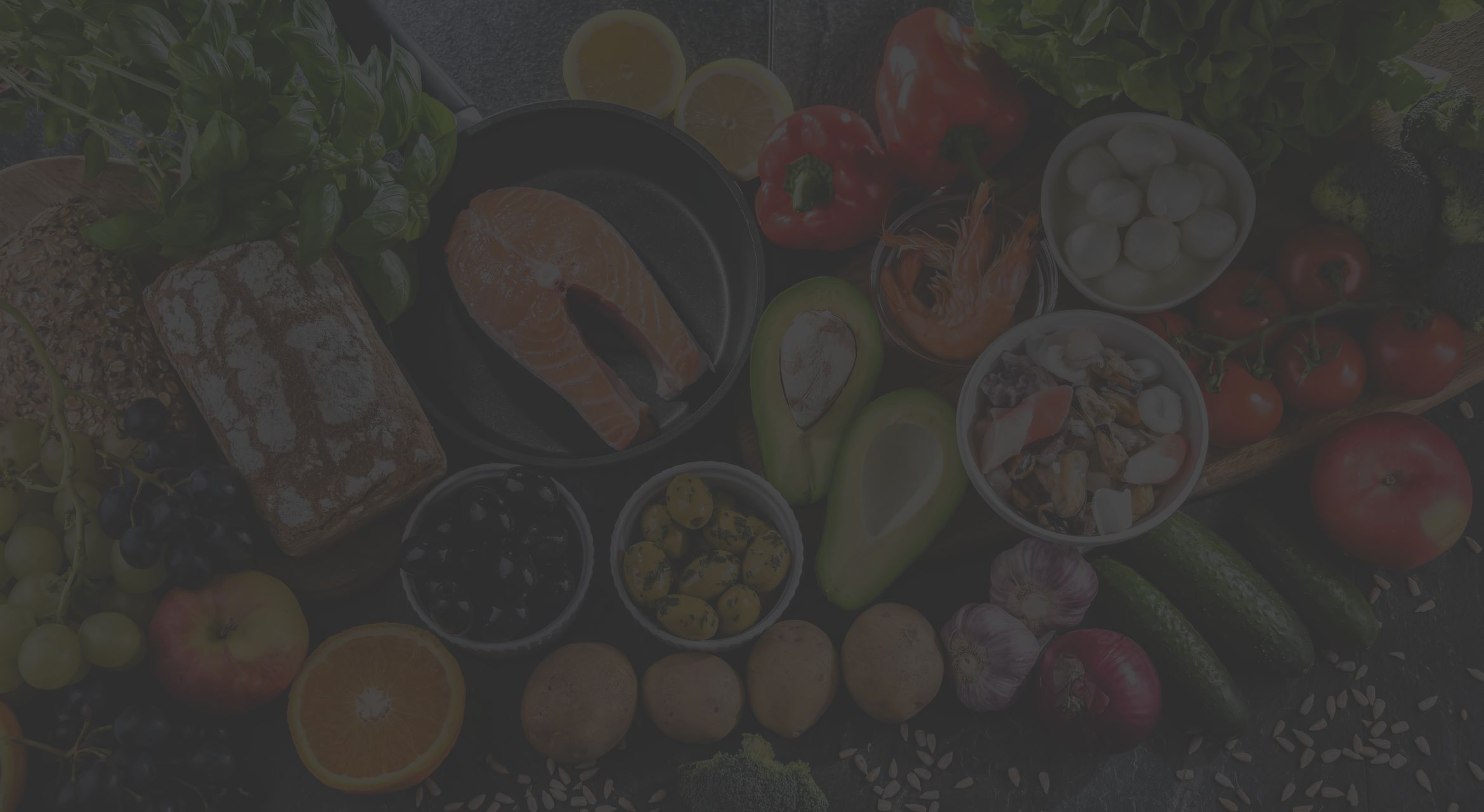What to eat for strong bones
Find out which foods keep bones healthy and protect against bone loss.
Updated on October 31, 2023

What you eat is an important part of taking care of your bones for life—and the most basic step is eating a well-balanced diet.
“The healthier you are in general, you’re going to have healthier bones,” says orthopedic surgeon Joseph Assini, MD, with OrthoONE at Swedish Medical Center in Englewood, Colorado. When it comes to diet, “calcium is really the building block of… Show More
What you eat is an important part of taking care of your bones for life—and the most basic step is eating a well-balanced diet.
“The healthier you are in general, you’re going to have healthier bones,” says orthopedic surgeon Joseph Assini, MD, with OrthoONE at Swedish Medical Center in Englewood, Colorado. When it comes to diet, “calcium is really the building block of our bones," he says. "Calcium is what calcifies the cells that become bone.” Read on for his recommendations for foods that boost bone health.
Show Less
Choose Cheese for Calcium
Cheeses such as Swiss, American, and Parmesan are foods with some of the highest amounts of calcium. “Two ounces of Swiss cheese, for example, has over 400 milligrams of calcium,” says Dr. Assini. (Adults need between 1,000 and 1,200 mg a day.) Layer a slice or two on a sandwich or tuck some in an… Show More
Cheeses such as Swiss, American, and Parmesan are foods with some of the highest amounts of calcium. “Two ounces of Swiss cheese, for example, has over 400 milligrams of calcium,” says Dr. Assini. (Adults need between 1,000 and 1,200 mg a day.) Layer a slice or two on a sandwich or tuck some in an omelet. And if your diet doesn’t include dairy products, almond milk and tofu are also good sources of calcium.
Show Less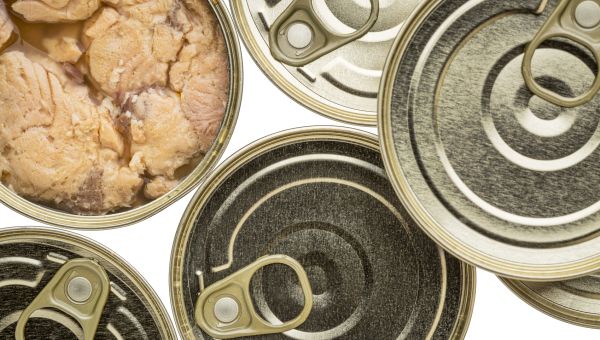
Open a Can of Salmon
Calcium doesn’t do its bone-building work by itself: It needs vitamin D in order to get the job done.
“If you were just drinking tons of milk, your body wouldn’t absorb the calcium,” says Assini. “That’s what vitamin D is for. Otherwise, the calcium is excreted.”
One way to get both calcium and… Show More
Calcium doesn’t do its bone-building work by itself: It needs vitamin D in order to get the job done.
“If you were just drinking tons of milk, your body wouldn’t absorb the calcium,” says Assini. “That’s what vitamin D is for. Otherwise, the calcium is excreted.”
One way to get both calcium and vitamin D in one meal is canned salmon, which has generous amounts of both nutrients. Canned salmon has more calcium than fresh or frozen because it’s canned with the bones, making them soft and edible. Flake canned salmon into a salad, toss it with pasta, or make salmon burgers.
Show Less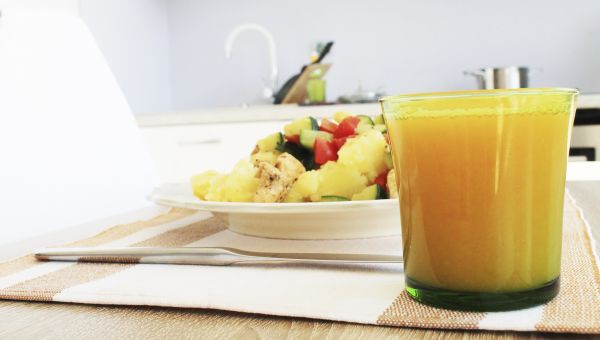
Sip Some Orange Juice
There aren’t many natural sources of vitamin D, or even foods that contain both vitamin D and calcium. That’s why you’ll need to look for foods fortified with both nutrients. Orange juice fortified with calcium and vitamin D is one good pick. But be sure to stick to one serving size. Orange juice… Show More
There aren’t many natural sources of vitamin D, or even foods that contain both vitamin D and calcium. That’s why you’ll need to look for foods fortified with both nutrients. Orange juice fortified with calcium and vitamin D is one good pick. But be sure to stick to one serving size. Orange juice is high in natural sugars, which can add up.
Show Less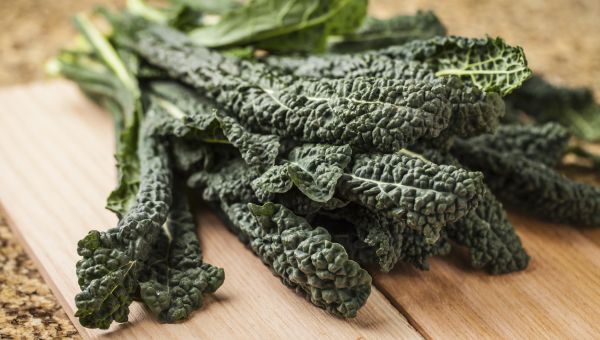
Go Green: Eat Kale
Leafy green vegetables such as kale, dandelion greens, collard greens, and mustard greens contain several bone-loving nutrients you won’t want to miss.
“Definitely vitamins C and K are helpful,” Assini says. Leafy green vegetables also contain carotenoids, which can be protective against bone loss.… Show More
Leafy green vegetables such as kale, dandelion greens, collard greens, and mustard greens contain several bone-loving nutrients you won’t want to miss.
“Definitely vitamins C and K are helpful,” Assini says. Leafy green vegetables also contain carotenoids, which can be protective against bone loss. Many leafy green veggies contain bone-building calcium, too. Find easy ways to add greens to every meal.
Show Less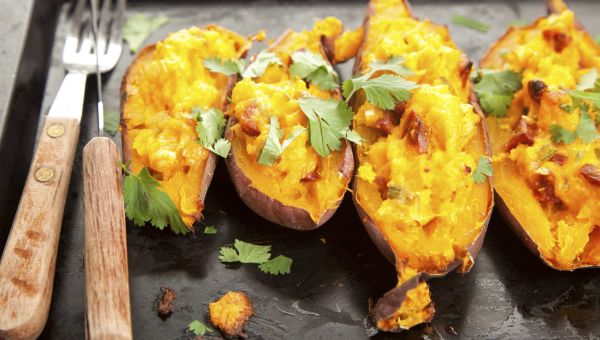
Bake Sweet Potatoes
Sweet potatoes have high amounts of beta-carotene, a substance that gives these veggies their vibrant color. They’re also rich in carotenoids. After 17 years of follow-up, the Framingham Osteoporosis Study found that participants who ate the most foods with carotenoids had a 46 percent lower risk of hip fractures.
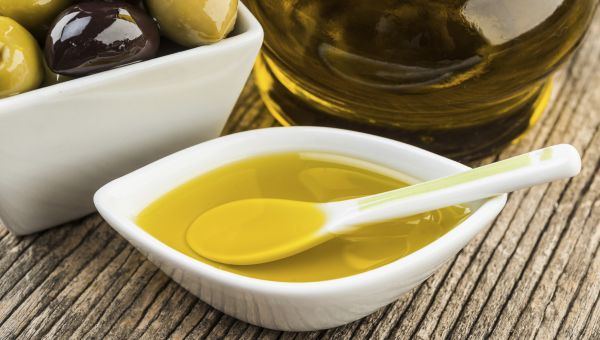
Drizzle On Some Olive Oil
To protect your bones from arthritis, cut as many processed foods as possible from your diet.
“Processed foods can cause inflammation,” says Assini. Instead, opt for a fresh food diet that includes olive oil. “Some studies show omega-3 fatty acids in fish and also some oils, like olive oils, are… Show More
To protect your bones from arthritis, cut as many processed foods as possible from your diet.
“Processed foods can cause inflammation,” says Assini. Instead, opt for a fresh food diet that includes olive oil. “Some studies show omega-3 fatty acids in fish and also some oils, like olive oils, are good anti-inflammatory foods, which is good for the arthritis side of bone health,” Assini says.
Other research shows that oleocanthal, a compound in virgin olive oil, has anti-inflammatory properties that are similar to ibuprofen. The Mediterranean diet, which is rich in fruits, veggies, whole grains, and healthy fats like olive oil, is a good one to try.
Show Less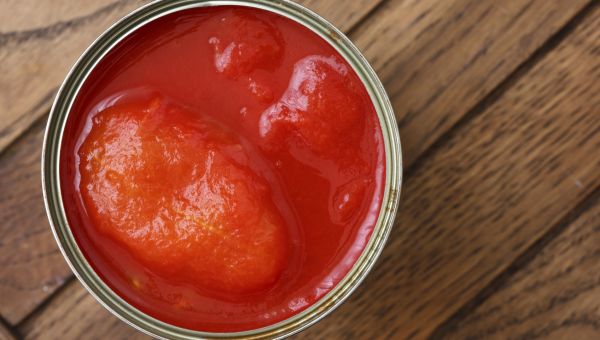
Reach for Tomatoes
Here’s a rare case where canned food can give your body a better dose of nutrients than raw. Fresh tomatoes contain lycopene, which protects against bone loss. But the canning process preserves far more of this nutrient.
So the next time a dish calls for red pasta sauce, open a can of tomatoes and… Show More
Here’s a rare case where canned food can give your body a better dose of nutrients than raw. Fresh tomatoes contain lycopene, which protects against bone loss. But the canning process preserves far more of this nutrient.
So the next time a dish calls for red pasta sauce, open a can of tomatoes and make your own (you’ll avoid the high sodium and sugar content found in many processed and bottled versions). Tomato products like paste, juice, soup, and sauce are also high in lycopene.
Show LessMore On


video
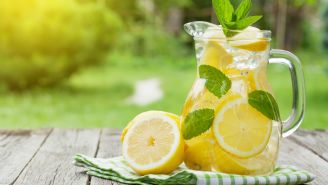
article
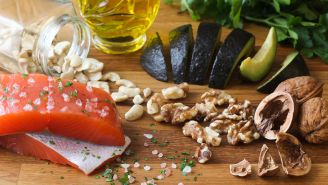
slideshow


video


video
